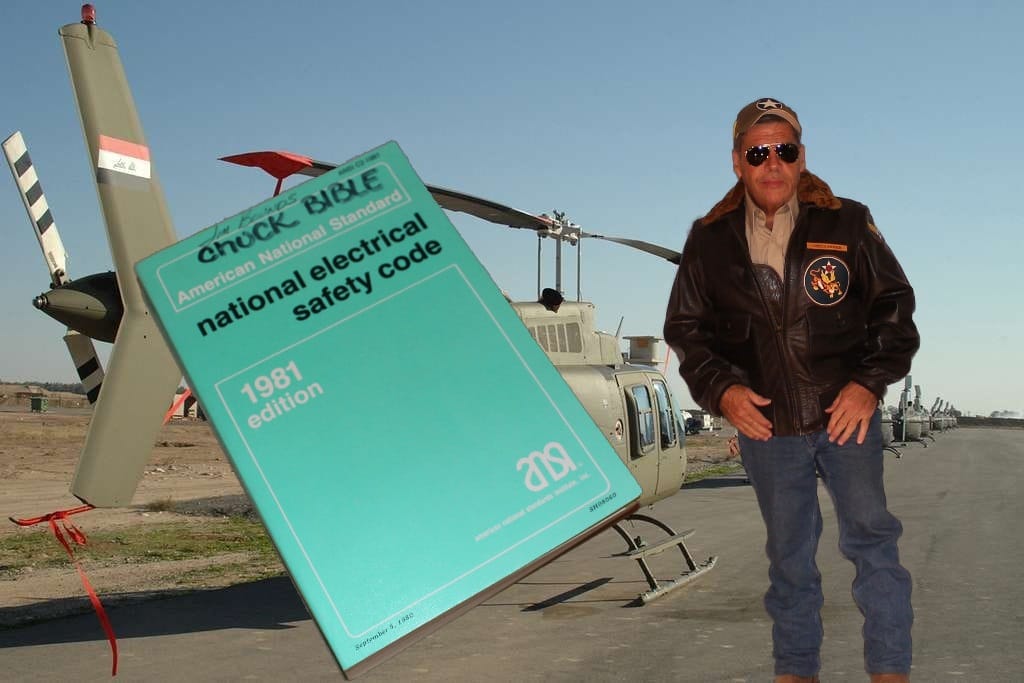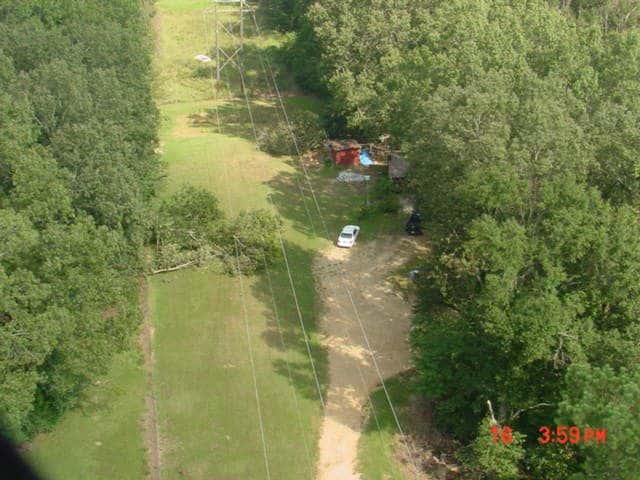THE BOATRIGHT Kosciusko Khaki & Blue REPORT- An Open Back Road Guide to (AI) American Ingenuity

By: Charles W. Boatright, President of THE GREAT QATSPY® Company
A Climate of Hawaii Electric Code Failures: Those that Work Power Grids follow the NESC Governing the Safe Operation of our Grids. Engineers, call the NESC our Bible of standard of practices and procedures for designing, construction, and maintenance
There aren’t enough words that we in the utility industry have for those in Maui that suffer such significant loss of family, homes, businesses, and a way of life that you love and cherish. But what is even more disheartening is that this destructive fire could have been avoided if National Electric Safety Codes were followed by your utility. This wasn’t a case of the climate, but of a climate of code failures. This doesn’t have anything to do with Colonialism as written about in the New York Times.
Engineers, call the NESC our Bible of standard practices and procedures for designing, construction, and maintaining of our electric grids that covers every aspect of the work that we did. I’m not going to bore you with the details and specification of what the NESC covers, but four (4) areas that impacted us, engineers and field personnel, were minimum (1) design standards for structures, (2) clearances, (3) Line Maintenance and (4) vegetation maintenance. These still prove to be big points in grid work.
My NESC book, that I used almost daily was well highlighted particularly to these four (4) areas that I listed above because they impacted us the most in preventing outages and safety issues in design, construction, line maintenance and vegetation maintenance. It is tempting for upper management to have the false sense that once the line is built maintenance isn’t an issue.
When upper management had an epiphany for a pet project when they wake up, transmission and vegetation maintenance was two of their places that they will look at for revenue to fund their world changing pet projects, that last for 18- months until reality appeared. Part of our jobs as line personnel was to educate our esteem upper management, since the new philosophy is to hire people with the least amount experience in power production and delivery systems. Just so long they had a MBA, we were good to go.
The Majority of Outages is Vegetation
Mississippi is a timber and agriculture state where the majority of the eastern and southern parts of the state are heavy timber, as shown below. While we maintain the right-of-ways with routine mowing and clearing cycles, the vegetation outages that we had were mainly from trees that fell from off right-of-way, as noted in the photograph that I took, below, south of McComb, Mississippi. This was near where Lynyrd Skynyrd band aircraft crash occurred on October 20, 1977 in a Convair CV-240 near Gillsburg, Mississippi in Amite County.

Conducting aerial patrols at 220 feet off the terrain, there were off-right-of-way trees that were above our flight altitude that we were flying where I had to look up to see the tops of the trees, especially around Natchez, Mississippi area. Most times, the off right-of-way trees that fell onto the line, as shown above, didn’t cause structure damage due to our routine maintenance work and use of double steel channel crossarms and knee braces, shown below. Our main emphasis was replacing wooden crossarms installed in most cases in the 1940’s with double steel channel crossarms, shown below.

During our routine aerial patrols, we would note dead trees that were off right-of-way that could hit the line and report them to our vegetation crews to be removed. Eighty-five percent (85%) of all our transmission outages were due to off right-of-way vegetation, especially during thunderstorms, wet weather conditions, and hurricanes.
Walking Climbing Inspections
Concrete and steel structures could be inspected with our routine aerial patrols that we did four times a year. That is where I got my sciatic nerve issue from sitting in a cockpit for long hours between fuel stops in a Bell 206(D) Jet Ranger, shown in the feature photograph above.
There was one reason why we didn’t have vegetation floor outages, it was pretty simple. Vegetation floor outages was where vegetation would grow up from on the right-of-way floor and causes the line to either operate or have an outage. We understood that if a floor outage did occur we would be needing to look for other career path, if you want an incentive, that was one huge incentive we understood.
Personnel that performed aerial patrols were often called the Kerosene Cowboys because of how Jet-A fuel smells when burned in the turbine engines of the Jet Ranger.
Wooden Structures had to be Climbed for a Complete Inspection
In the case of wooden structures, these structures would have to be climbed during the summer months by our line crews. Summertime was a great time to conduct climbing inspections because of peak load that prevented us taking lines out of service for routine maintenance work. This would fill in the summer months schedule for our line crews.
There were two critical components that were subject to interior decay- and those were wooden crossarms, first and foremost followed by a distance second wooden poles. In the case of wooden poles, decay would usually occurred at the ground line. Both the wooden crossarm and wooden pole that had interior decay would in most cases would be impossible to be picked up with a visual inspection during an routine aerial patrol flying at 50 knots (57 MPH). The areal patrol would catch the big ticket items- e.g., trees, broken insulators, cracked wooden crossarms, or suspended conductors.
From what I have described above and what we understand, the Hawaii Utility Company has several issues that they choose to ignore. Are you going to have structure failure with storms, even with overload factors built into the design of structures? Most certainly. We experienced extensive structure failures in the southern part of Mississippi with Hurricane Katrina and Rita in August of 2005.
We would also have wooden structures burn when fields were being burnt off after harvest time each year in the Delta part of Mississippi. That was another reason why we were replacing wooden structures with steel or concrete construction as fast as we could. Even if the farmer disced around the wooden structures, that they did, embers from fire from over hundred yards away would ignited our wooden structures.
Unacceptable Performance of Practices, Policies and Procedures
There is a lesson to be learned here for other utilities, the next management and engineering staff that neglect standard and safety policies and procedures specifications like in the NESC manual, only needs to look to whom will be named in the class action lawsuit. After discovery had been done in this case, they won’t be naming the climate activist that conspired with Hawaii Utility to invest capital in wind and solar power production and neglect line maintenance and safe operations of the line. NO! The executives and department heads of the utility will be named in the law suit. Most likely, some of these execs will be facing criminal charges being filed.
Lost of Interest by the Media if it Doesn’t Feed their Narrative
It was interesting that when this news story broke that this was a climate issue it was big news on the mainstream media broadcast, but because climate drives their narrative of climate warming, I mean climate change, my mistake. But now since this is due to the neglect of line and vegetation maintenance practices, the coverage went to crickets.
This is typical for our media to do this of going silent when it doesn’t serve their interest or narrative. Take the Duke Lacrosse Case, silence after the facts were revealed. You are witnessing the failures of the Climate activist philosophy on full display with this Maui fire. Hundreds of people are affected by these climate activist policies being driven in areas they have no expertise or knowledge. Our Grid is just as important as our National Security is, I sure wouldn’t want activist over our military.
